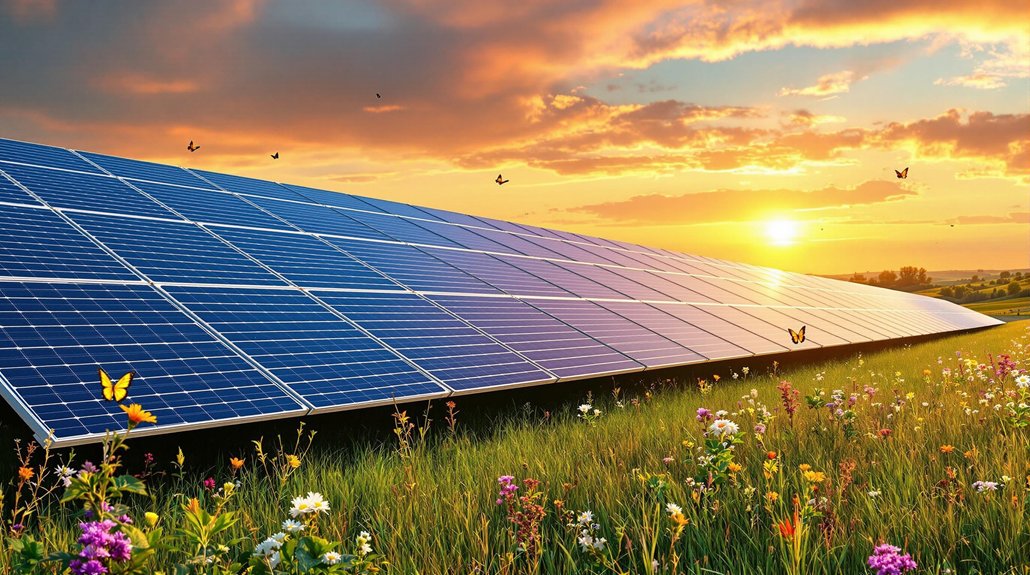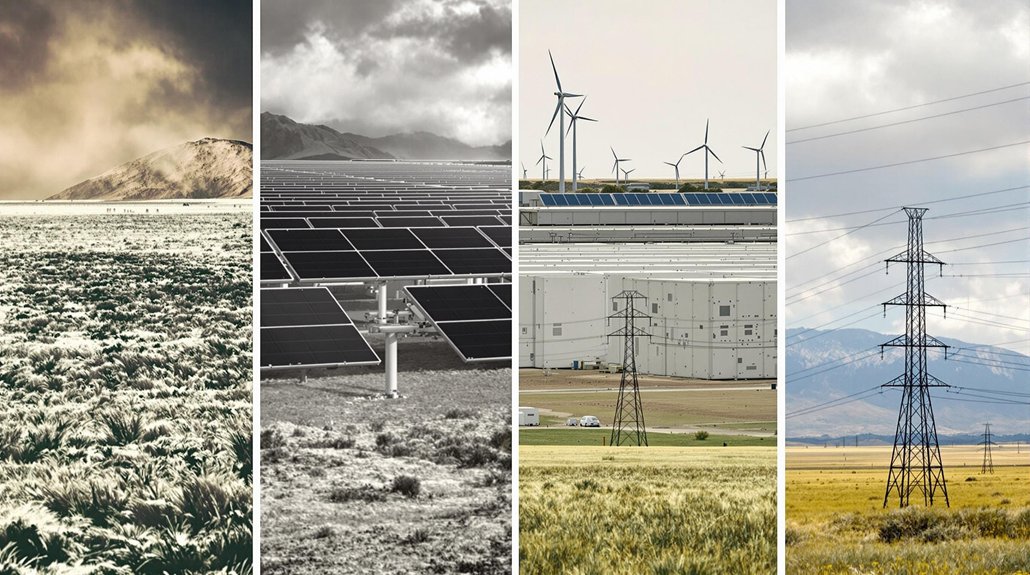Making a renewable resource sustainable isn’t just about slapping “eco-friendly” on a label. It demands smart management, cutting-edge tech, and actual planning – shocking, right? The process requires infrastructure development, efficient storage solutions, and proper resource management to guarantee continuous replenishment. While initial costs can be steep, renewable resources typically become cost-effective long-term investments. The global shift towards renewables is gaining momentum, with plenty more innovations on the horizon.

While the world grapples with dwindling fossil fuel reserves, sustainable renewable resources are emerging as humanity’s get-out-of-jail-free card. These natural resources, from solar and wind to geothermal and biomass, share one essential characteristic – they replenish themselves. No begging Mother Nature for more. No desperate drilling in the Arctic. Just clean, renewable energy that keeps on giving.
But here’s the catch – renewable doesn’t automatically mean sustainable. Take biomass, for instance. Sure, trees grow back, but chop them down faster than they can regenerate, and you’ve got yourself a problem. The key is managing these resources so they can meet our needs without compromising future generations. It’s like having a bottomless coffee pot, but you still need to add water and coffee grounds at the right time. Sustainable agriculture practices have shown remarkable success in integrating renewable energy solutions for long-term viability.
The numbers don’t lie. The renewable energy sector employed 12.7 million people globally in 2021, and the market is expected to hit a whopping $1,977.6 billion by 2030. By 2025, renewables will surpass coal as the largest source of electricity generation worldwide. That’s a lot of green jobs and even greener energy. The global electricity mix from renewables has already grown by 10% since 2010.
But making renewable resources truly sustainable isn’t all sunshine and wind turbines. It requires serious infrastructure, efficient technologies, and smart management plans. Sometimes it feels like trying to solve a Rubik’s cube blindfolded.
Storage remains a persistent headache. The sun doesn’t always shine, and the wind doesn’t always blow. Grid integration can be as complex as explaining quantum physics to a goldfish. And let’s not forget the initial costs – they can make your wallet cry.
But here’s the kicker: when managed properly, these resources offer long-term energy security and often end up cheaper than fossil fuels.
The future looks promising, with renewables projected to account for 95% of global power growth through 2026. Technologies are getting better, costs are dropping, and storage solutions are improving. The shift toward sustainable renewable resources isn’t just a trend – it’s becoming an unstoppable force. Because let’s face it, fossil fuels are so last century.








